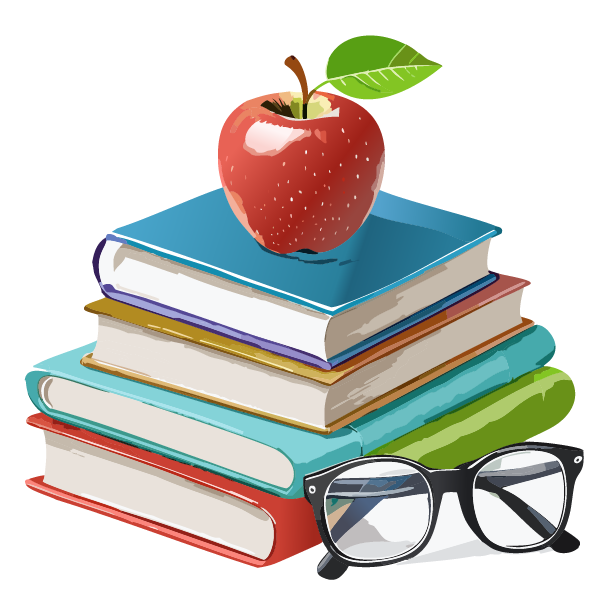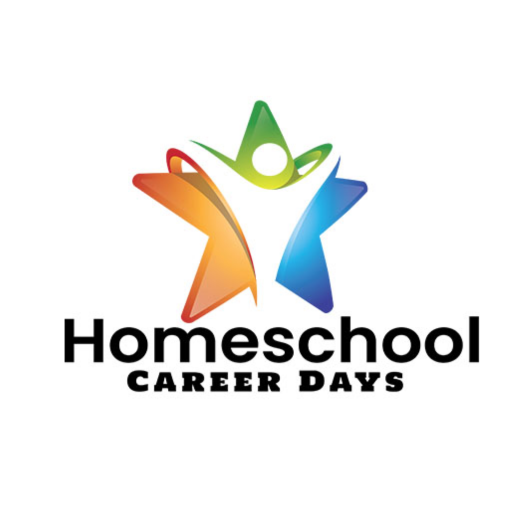The foundation needed for effective learning must be established early on. Good planning sets the stage for optimal learning. Effective teachers have a clear picture of what they wish to accomplish and how they will go about doing it.
Elementary students are not as cognitively developed as high school students. Younger students need lesson objectives, activities, and assessments that cater to early stages of learning. These would focus on memorization, understanding, and application. As your students get older, at the middle school and high school level, educational activities can focus on analyzing, synthesizing, evaluating, and creating.
Planning and Preparation
Every lesson should contain a clear beginning, middle, and end. Goals and objectives are introduced at the beginning of the lesson plan.
The goal is the target you are trying to reach. It helps to provide the framework that you will use when developing your lesson objective.
You may want to link the instructional standards that you’re covering with your goal. These standards answer why your students are learning the objective. It could be that it is a state requirement, part of Common Core, or required to know before graduation.
Simply objectives (also known as benchmarks, performance descriptors, and learning standards) should be one sentence, contain a strong verb, and communicate what the students will know or be able to do by the end of the lesson.
Sort through your content and pick the essential portions that you need to cover. Avoid the temptation to cover too much. If you have too much to cover, you may be prone to rush through it.
You may want an overview of your lesson’s activities. Outlining the “big ideas” and what you are going to cover is helpful for others to get a sense of what the lesson will entail.
Aligning your goals, objectives, and standards helps to guide the direction of your lesson plan. They should all be connected to the same concepts. Having an overarching idea of what you want to teach in a lesson allows you to determine what essential questions will be addressed, which resources will be used, and which vocabulary words or skills are needed.
The instructional activity is the desired result that drives the planning process and provides the focus and direction for the lesson. Students can be audio learners, visual learners, kinesthetic learners, or a combination of all three. It is important to differentiate instruction in a lesson through activities that engage learners and pique their interests.
Resist the urge to teach everything. There are many “teachable moments” throughout the lesson and throughout the day. Make appropriate decisions about what to cover.
· Avoid extraneous details that may confuse students.
· Cover necessary content and pace the lesson accordingly.
The best lesson plans focus on the students, not the content.
Ask yourself:
· Do the students need more background knowledge? An added skill?
· Are there definitions or ideas that are not clear?
· What about your struggling students? Do activities need to be adjusted?
You will know you are on track when your instructional activities take on these characteristics:
· Spend more time building concepts not known or understood, even if it means not getting through the content.
· Pause in places where struggling might take place.
· Move quickly through known content.
Predictive Lesson Structure
Students thrive on routine and structure. A predictive lesson structure allows students to grow academically and socially. Use consistent ways to signal the need for attention. Make sure that each lesson includes the time to set up and prepare your students for how they will work.
When lessons have structure and appropriate procedures are in place, distractions are minimized, and students can better focus on the tasks at hand.
· Provide a consistent segway that holds lessons together.
· Provide time for independent and small group work.
· Create opportunities for reflection on the academic work and social interactions.
· Minimize distractions and interruptions.
· Focus on students thinking.
Listen to Your Students
Students use modeling, guided practice, and active engagement strategies to meet the objective. However, you may need to adjust your lesson plan to either exclude lessons or add additional lessons to cover a concept clearly.
Student thinking is the heart of teaching, but it is fragile. It can easily disappear. Listen closely to your students. Don’t allow learning to become about memorizing content and not about developing ideas age-appropriately. Avoid narrowing your teaching only to tested facts.
· Construct opportunities to make their thinking public.
· Make listening to students’ thinking the focus of your lessons.
· Be very intentional about how and where you assess students’ thinking.
Middle school students can understand the context behind the material and will be more willing to voice questions or mention that they don’t understand the process. You will want to include extra time to allow students to ask questions.
Additionally, if students are vocal about not grasping the material, you should include alternate ways of solving a problem or ways to accommodate students who are having difficulty. You will want to allow the time to answer questions, offer a flexible approach to teaching the material, and prepare students for life after high school.
TIP: Student’s entries into a notebook typically give insight into what they are thinking. Assign an entry after one of your thoughtful lessons. It will help you to make sense of the students’ thinking in the lesson.
Schedule Open-Topic Discussions
Open-ended lessons are more meaningful and engaging, especially for older students since they are more apt to ask questions or voice opinions.
Interaction is more beneficial than memorizing and regurgitating lists of facts for all age levels.
These are powerful because:
· Creativity: Allows for “outside the box” thinking.
· Risk-taking: Share untested ideas and scrutiny.
The way you ask questions, investigate thinking, and connect ideas makes the difference between the students doing the thinking and talking or if you are doing most of it.
You can’t script what your students will do with the content of your lessons. Listen carefully. Respond in thoughtful and purposeful ways that acknowledge, clarify, honor, and support students’ efforts and activities.
TIP: Wrestling with concepts and ideas are an important part of the learning process.
Use different types of questions. You can ask questions that require specific answers. Or you can ask questions for which there are multiple answers or interpretations, such as “Does anyone know…?”
You can then prompt or push them to explain their thinking. Listen and invite your students to do most of the talking. If you find you are doing most of the talking, then ask better questions. Instead of simply moving on after receiving an answer, ask “Tell me more” or pause. Take a moment to bridge the students-thinking to the center of the curriculum.
Setup Independent Work
Establish independent work early in the school year. It takes lots of time, energy, and patience to help students become self-sufficient; but the benefits are enormous.
· Independent work time is critical for allowing students the space they need to get into their work.
· It may take a while for the students to settle into their work. Allow that time.
Lesson Time Management
It may be helpful, especially at first, to map out your activities and timeline for each lesson. If you find that there is a lot to cover in a fixed amount of time, break your lesson into sections.
One lesson plan model, the WIPPEA Model, involves a continuous teaching cycle that builds on the previous lesson and serves as an instructional roadmap. It includes Warm-up, Introduction, Presentation, Practice, Evaluation, and Application. Using this structure to guide your instruction can help you manage the time spent on the lesson.
Materials, Resources, and Tech
To help ensure that you are adequately prepared for the lesson. Include a list of the materials, resources, and technology that you will need to complete the lesson. You can leave off basic school supplies, such as pencils, pens, and paper.
Some find that it is also helpful to include a list of vocabulary words and skills needed to successfully complete the lesson. This will help you keep an eye on where your students may struggle.
Assess Learning
The purpose of assessment is to determine what students have learned in relation to the objective or standard for the lesson. The link between the objective and assessment should be obvious and understandable. Learning activities (or formative instructional tools) are often used as preparation and assessment to gauge your students’ progress in learning the lesson’s objective (or standard).
Formative instructional tools are whatever you use to check if they are learning so you can adjust your lessons. You can use discussions, questions, pop quizzes, group work, surveys, journal entries, and more to determine what your students know.
Summative assessments are how you prove that your student has learned the lesson. Generally, you plan assessments at the end of a lesson arc, unit, or section. They are usually tests, quizzes, essays, presentations, and final projects.
Tests and quizzes are usually selected response assessments. They are “traditional” forms of testing with true-false, multiple-choice, and short-answer questions. These assessments are useful in determining the student’s content knowledge related to facts, information, and processes.
Summative assessments are performance-based assessments and have rubrics. A rubric is a type of scoring guide that assesses and articulates specific components and expectations for an assignment. You do not need to include your rubrics in the lesson plan, but you should be making rubrics.


